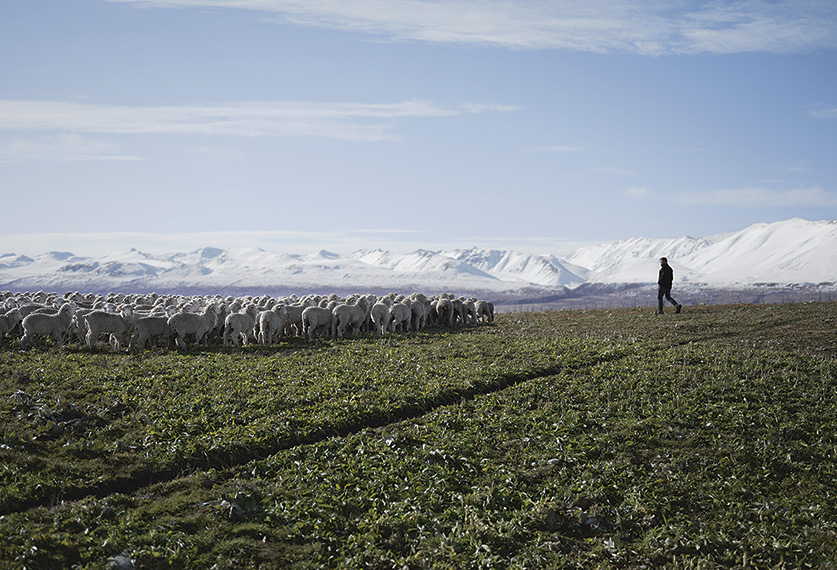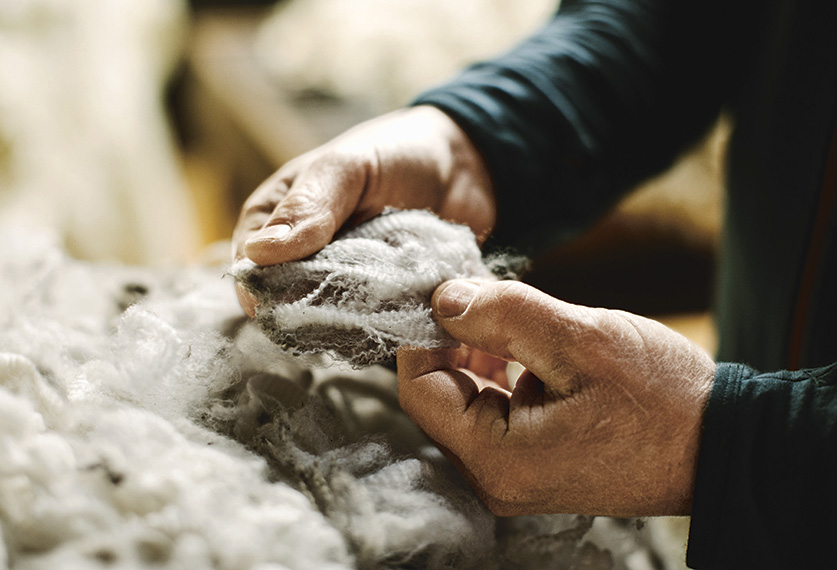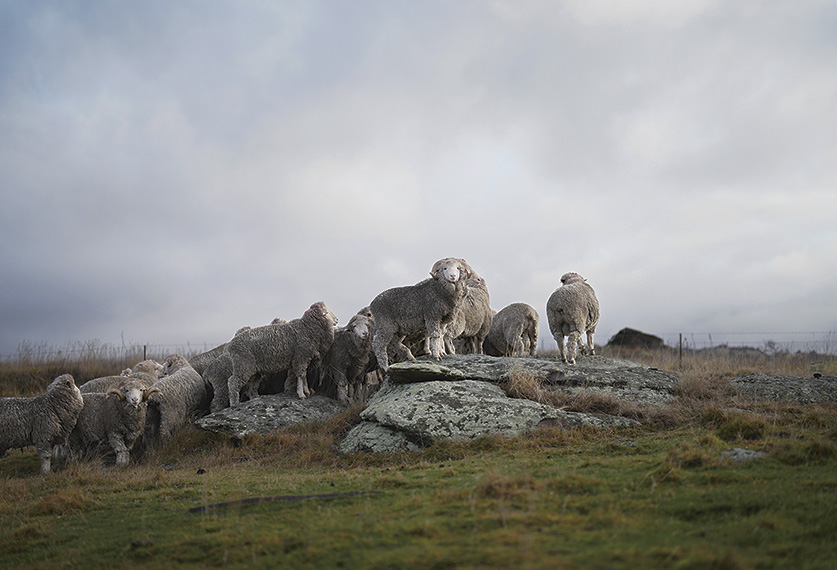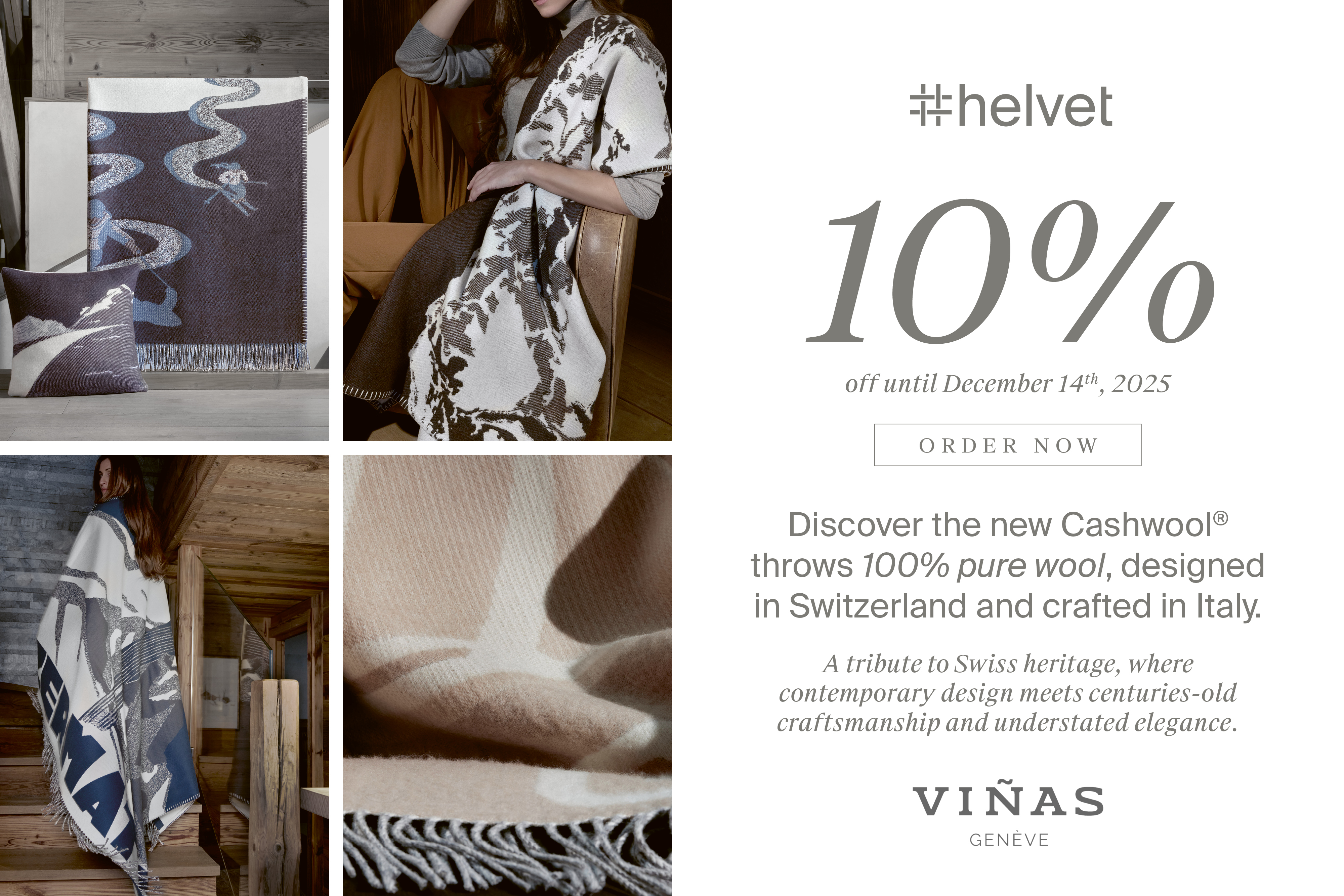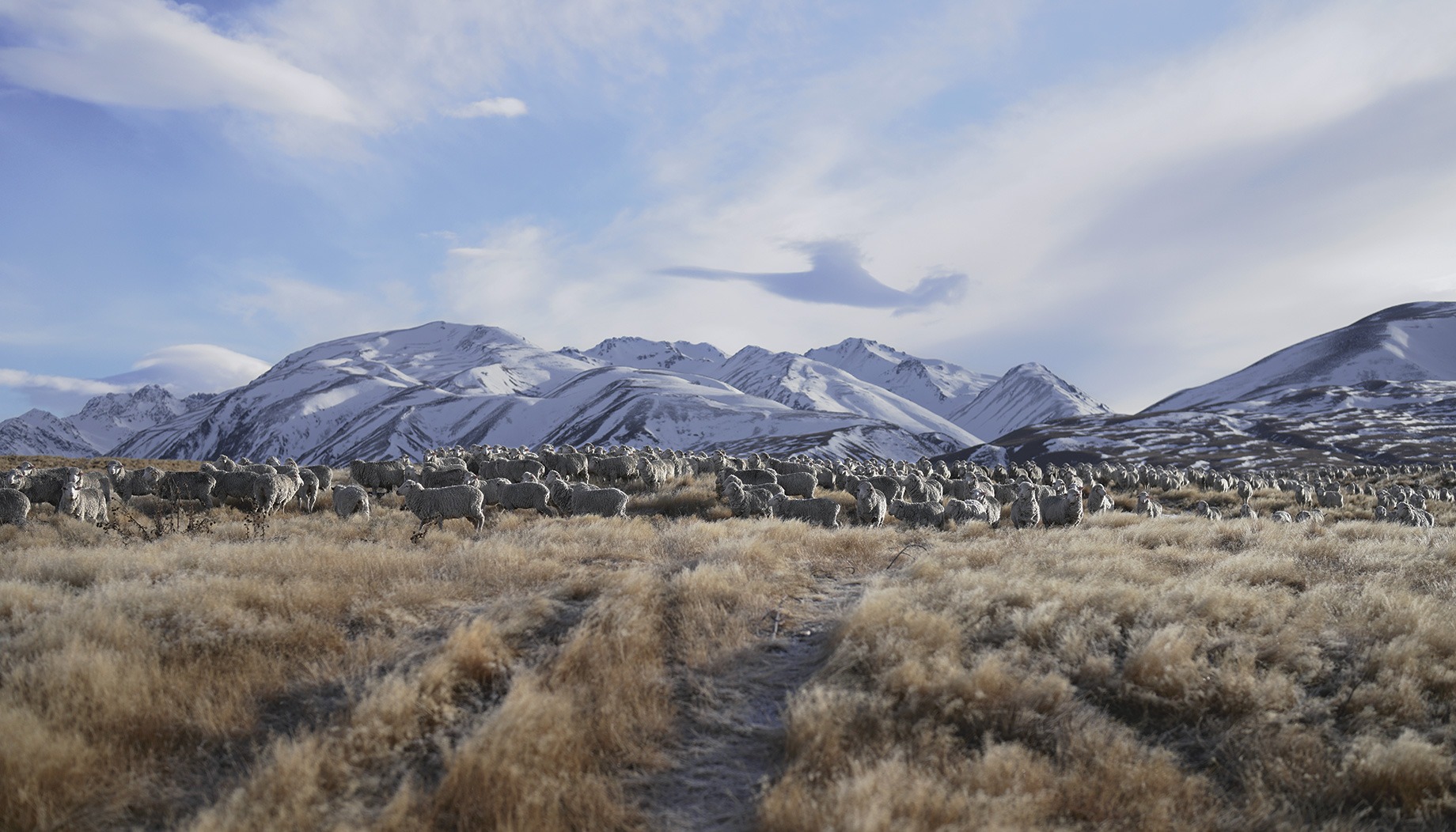
Icebreaker
Letting Nature Lead
Are the greatest success stories always born of chance? The unusual journey of Icebreaker and its founder, Jeremy Moon, makes a strong case. His obsession: to make technical clothing softer, more comfortable, and more sustainable.
In 1994, a young Moon crossed paths with merino sheep farmer Brian Brackenridge on Pohuenui, a rugged peninsula in New Zealand’s Bay of Islands that could just as easily be an island in its own right. Sheep in New Zealand are hardly unusual — with six for every inhabitant, the country reigns supreme in ovine abundance.
But that day, Brackenridge handed Moon a T-shirt spun from the wool of his own flock. Moon slipped it on — and never looked back. Gone were the sweaty memories of kayaking, cycling or running in synthetic, petroleum-based gear. “Wrapping yourself in a plastic bag for the outdoors? Not for me,” he decided. This shirt was different: durable yet lightweight, soft, breathable, odor-resistant. No itch, no fuss. Like the sheep themselves, the fabric adapted seamlessly to icy winters and scorching summers alike.
The five-legged sheep
Moon sold his house, bought the concept, and rallied family friends to invest, both in capital and in business planning. The mission: unleash the potential of this miraculous fiber. After a few prototypes, fourteen bold retailers across New Zealand agreed to stock the shirts. It was the beginning of an adventure that would eventually bring Icebreaker to more than forty countries.
The philosophy was simple, encapsulated in a slogan: Icebreaker’s fiber factory runs 24/7 — on the backs of sheep. From day one, the priority was natural products. Why complicate things, when nature has already provided? For warmth, all you need is layers of merino.
Durability as a core value
By 1997, Icebreaker had established long-term partnerships with New Zealand sheep farmers. Two decades later, the brand formalized the arrangement with a “club” of fifty farms, bound by decade-long contracts. The benefits? Greater visibility and stability for the brand and the farmers alike, free from the volatility of global wool markets. A unique model in the textile industry. Even better, this security gave farmers the means to restore biodiversity on their lands under the ZQRX program of the New Zealand Merino Company — enabling Icebreaker to guarantee not just high quality, but sustainable wool. Independent certification also ensures animal welfare. As the saying goes: happy sheep, happy shirt.
In 2003, Icebreaker expanded internationally. Two years later, its first flagship store opened in Wellington, followed by U.S. locations. The brand pioneered printed merino fabrics — a global first. In 2010 came another innovation: garment traceability, allowing customers to discover the farm from which their wool originated. Then followed corespun yarn (merino wrapped around nylon for greater durability), Cool-Lite© (a merino–Tencel blend enhancing breathability and thermoregulation), MerinoLOFT© (a down alternative made of merino fibers), Shell+© (wind- and water-resistant while warm), and ZoneKnit© (body-mapped ventilation for intense activity). Proof, if any were needed, that in a sheep, nothing goes to waste.
A global company with a clear mission
A new era dawned in 2018, when Icebreaker joined U.S.-based VF Corporation — owner of Timberland and The North Face. Would this dilute its environmental goals? On the contrary, insisted the leadership, arguing that Icebreaker had become a model of influence within the group.
The rules remain firm: no PFCs, no acrylic, no compromise on natural fibers — to the point of removing dozens of items from the catalog. Advances have also been made in dyeing, one of fashion’s biggest pollution culprits. Icebreaker launched a collection using natural pigments, cutting water consumption by 65 percent and eliminating chemical discharge. To amplify its message, the brand has partnered with outspoken environmental advocates such as explorer Mike Horn and endurance swimmer Benoît “Ben” Lecomte, who campaigns against plastic pollution in the oceans.
And now? The future is sharply defined: under its Plastic Free by 23 initiative, Icebreaker aims to phase out remaining traces of nylon, polyester and elastane by exploring alternatives. The goal is within reach: 95 percent of its garments now use natural fibers, up eleven points in just four years. “Since 1995, our message has been clear,” affirms Icebreaker president Jan Van Mossevelde. “Nature has the best answers.”

